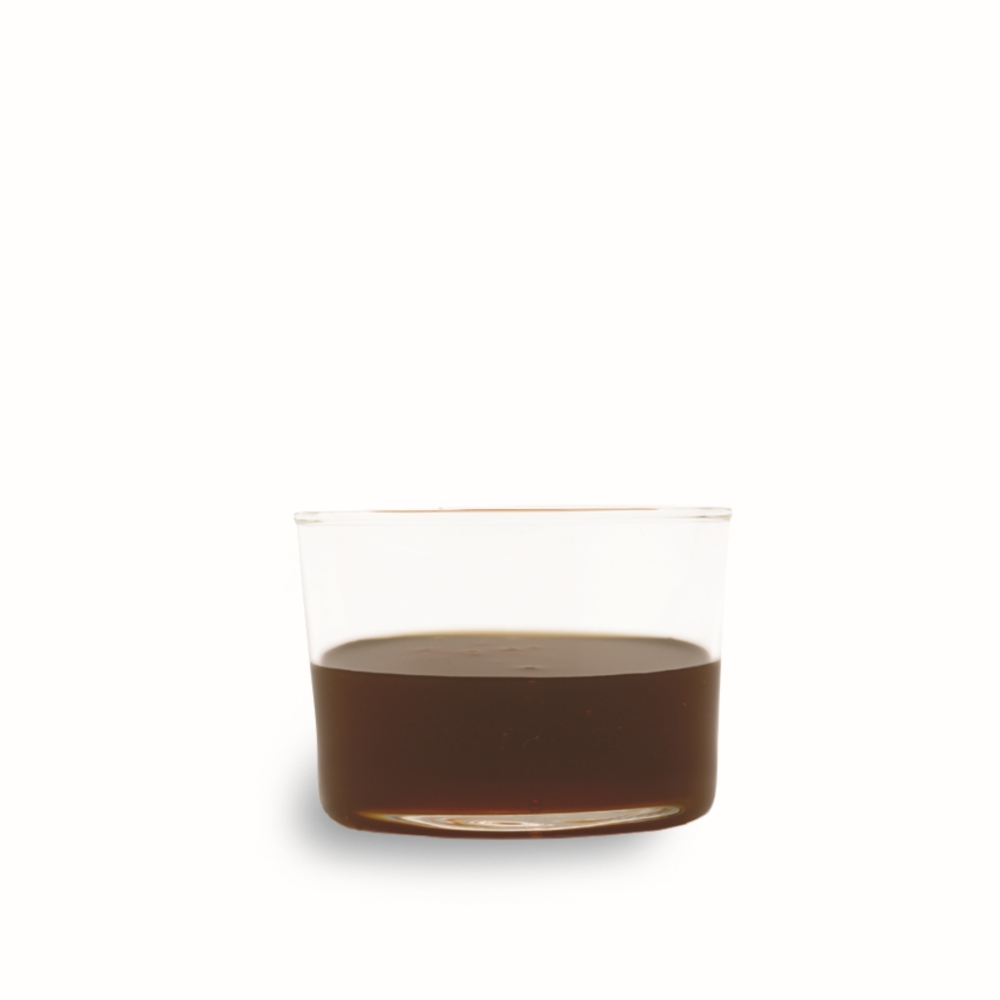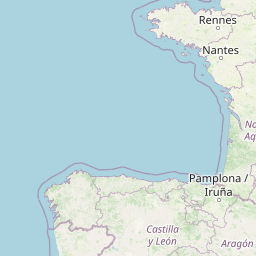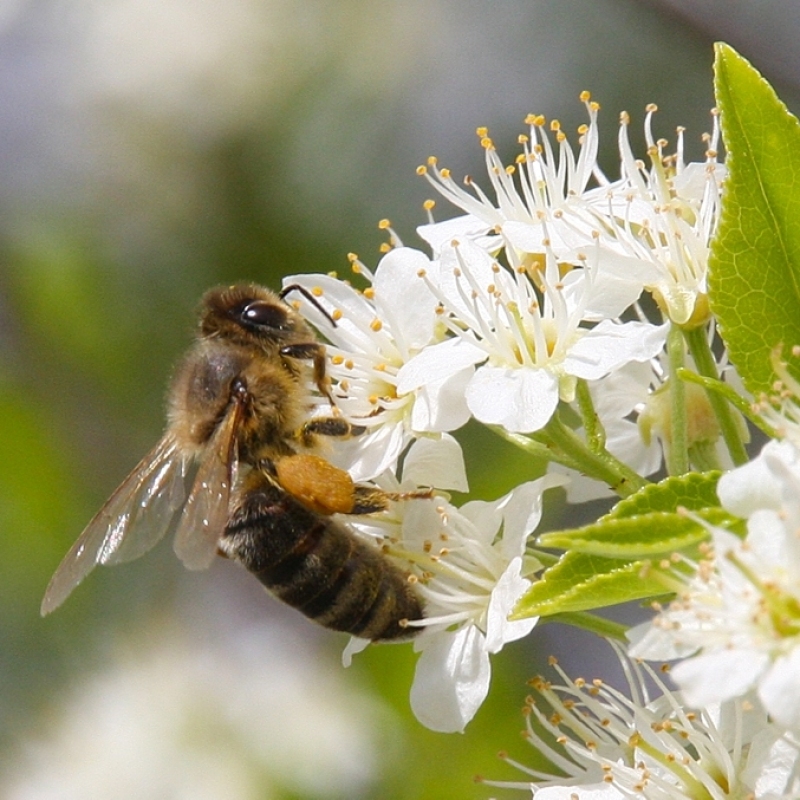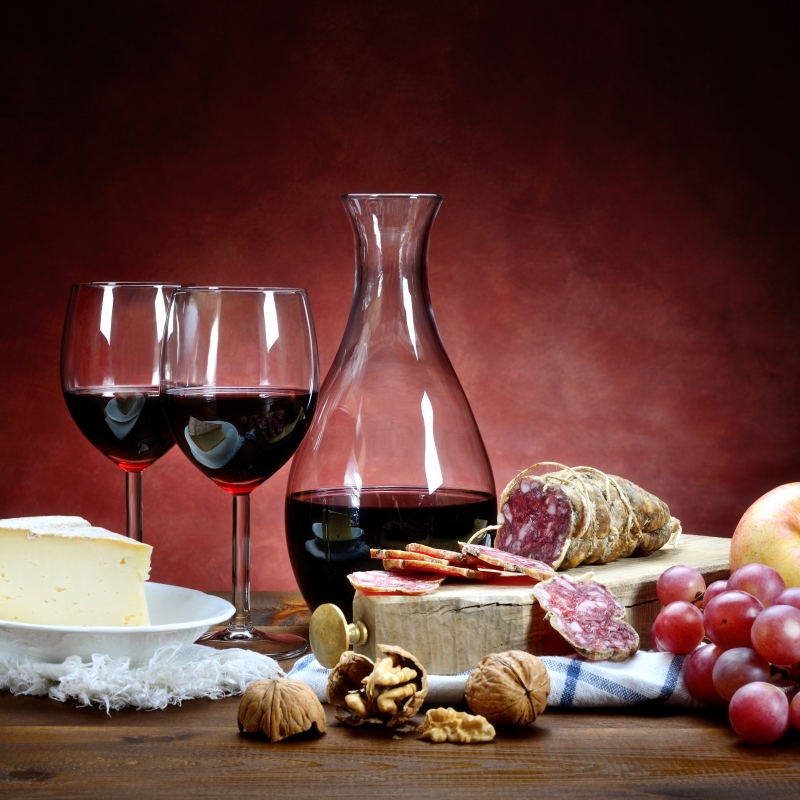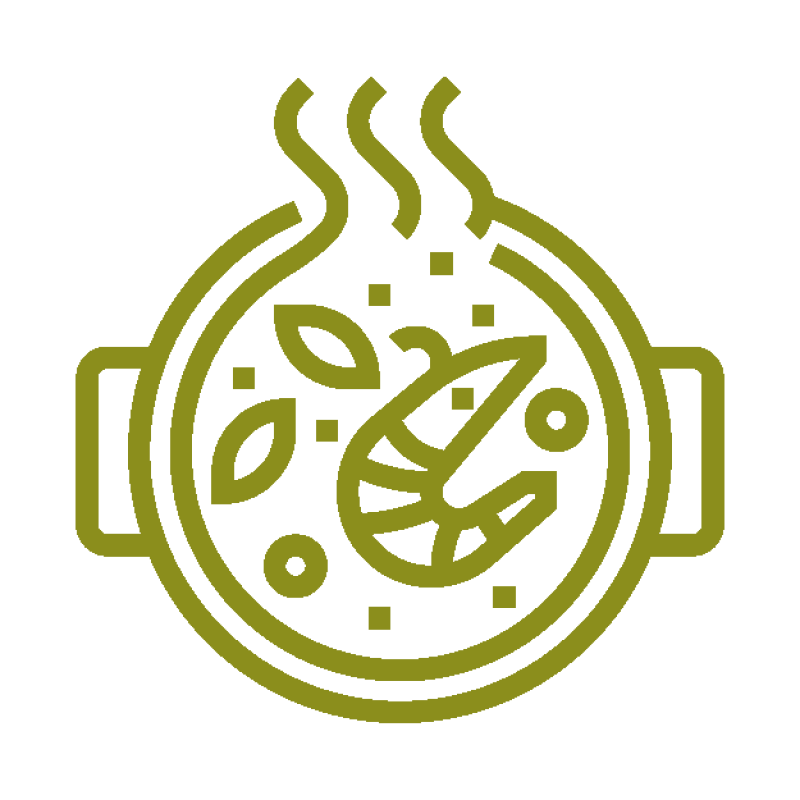Karst Honeydew honey
Karst honeydew honey derives from the collection, carried out by bees, of the secretion produced and excreted by different aphids that suck the sap present in the leaves of plants such as lime tree (Tilia platyphyllos Scop.), sumac or smoke tree (Cotinus coggygria), oak and downy oak (Quercus ilex L., Quercus petraea is Quercus pubescens Willd.) and maple (Acer campestre L., Acer mospessulanum L., Acer saccharinum L.).
The colour of this honey, when in liquid state, goes from dark amber to almost black with greenish reflections; if it crystallises, it has a dark brown colour. The smell has a medium intensity and recalls the scent of malt with a hint of caramelized sugar. It has a regularly sweet taste, with a medium intensity aroma with hints of caramel, dried fruit or even malt and beer yeast.
 See the map
See the map
History
Geografical area
Curiosity
Season
